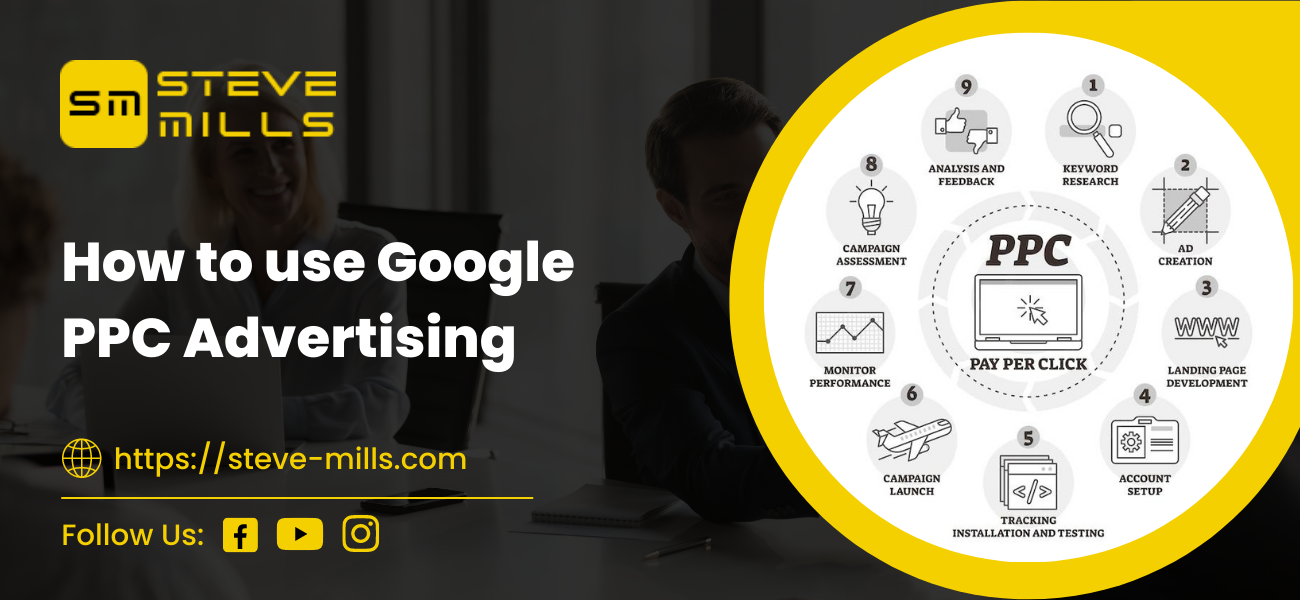
Discover the secrets of Google AdWords and unlock the potential of PPC Advertising (Pay Per Click) with our comprehensive guide. Effective utilization of PPC can significantly boost your business by driving instant, targeted traffic to your website. In this report, we delve into the intricacies of online marketing, offering insights on successful strategies and highlighting common pitfalls to avoid.
The world of PPC Advertising, particularly Google AdWords, is dynamic yet complex. It demands not only keyword research and compelling copywriting skills but also continuous monitoring for optimal performance. Many businesses make the mistake of setting up their campaigns and neglecting regular evaluations, missing out on opportunities to enhance keywords, headlines, and budgets.
Google AdWords stands out among various PPC Advertising platforms, providing unparalleled reach. Unlike platforms such as Facebook and LinkedIn, where targeting relies on audience profiles, Google AdWords leverages user searches, ensuring your ads are seen by those actively seeking your offerings.
PPC Advertising functions on a simple principle: you only pay when someone clicks on your ad. This makes it an efficient method to drive targeted traffic and generate leads. If your goal is rapid business growth through online marketing, PPC Advertising is indispensable. It offers instant visibility on Google’s first page under selected keywords, providing unparalleled control over your campaign’s timing and budget.
Controlling where your ad appears is crucial, and Google AdWords allows precise location targeting. Whether you’re hosting a local workshop or aiming for global exposure, you can tailor your ad’s visibility accordingly. Additionally, ad scheduling ensures your campaign runs at optimal times, maximizing its effectiveness.
Crafting a compelling ad is an art. In PPC Advertising, the headline is your primary tool to capture attention. Incorporating your top keywords in the headline enhances relevance, contributing to lower costs per click. Text-based ads, the most common format, require concise yet impactful messaging. Testing different headlines is essential to understand your audience’s preferences.
For effective PPC adverts, consider these tips: offer something free, ask questions, include your phone number, and use attention-grabbing keywords. The power of headlines is evident in a simple comparison: “Marketing Advice” versus “Get your free CD from a leading marketing expert.”
Beyond text-based ads, explore the potential of image-based ads. While text ads are common, images can convey messages more visually. Creating a captivating image and pairing it with a relevant URL can enhance your ad’s visual appeal.
Mobile PPC Advertising caters to users on mobile devices, offering additional reach. Long-tail keywords, comprising phrases rather than single words, can be less competitive, providing cost-effective alternatives to generic keywords. Utilize different match types, such as broad matches, phrase matches, and exact matches, to refine your targeting strategy.
Avoiding common PPC Advertising mistakes is crucial. Regularly manage your campaign, test different elements, understand the nuances of AdWords, and explore diverse advertising platforms. Recognize the power of long-tail keywords and leverage negative matches to filter out unwanted clicks.
Uncover the full potential of Google AdWords with advanced features like keyword macros, allowing dynamic ad copy based on search queries. Google provides valuable tools for campaign optimization, keyword research, and negative keyword management. Familiarize yourself with these tools to enhance your AdWords performance.
In summary, PPC Advertising, particularly through Google AdWords, is a potent tool for Internet Marketing success. As the world becomes more connected, the need for online visibility grows. With over 7.5 billion people globally and an increasing number gaining internet access, traffic becomes a key factor. PPC Advertising offers a solution to this, providing instant, targeted, and qualified traffic.
Visit https://steve-mills.com/ to explore our training courses on PPC Advertising and Internet Marketing. For personalized assistance, call us at 07977 074 497. Feel free to share this report for others seeking insights into effective Google AdWords strategies. To access more reports, sign up for our email system on our website.
